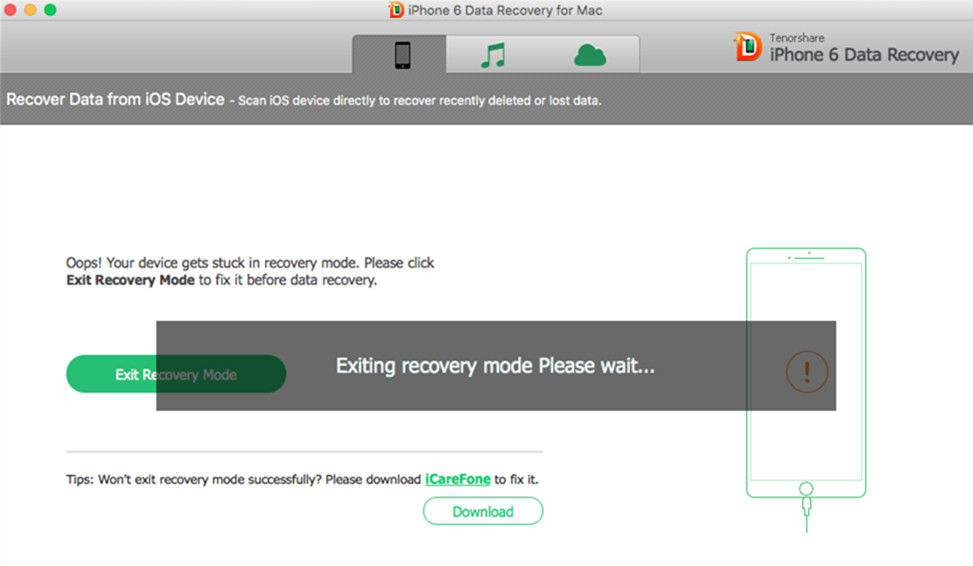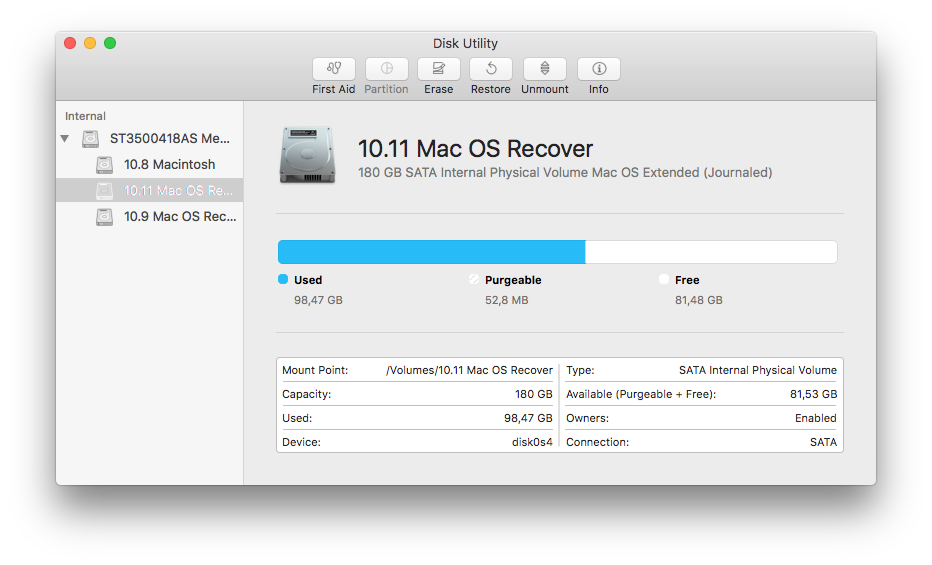

You can use this to perform basic operations such as repairing disk permissions and check the health of your system. The first one I would start off with which is not too invasive is Disk Utilities. The OS X Utilities screen presents a list of typical recovery options you can try to get your Mac up and running. Select your language then click Continue.

After loading, you will be greeted by the welcome screen below. Exercise a little patience here as the recovery options seem to load a mini copy of OS X so it will take a little while. To do so, shut down your Mac then start it, immediately before the Apple logo appears on screen, press Command + R keys. If you are unable to start your Mac successfully and not get to the login screen or even load the Finder, the first option is to turn to your recovery utilities that are built-in.


 0 kommentar(er)
0 kommentar(er)
